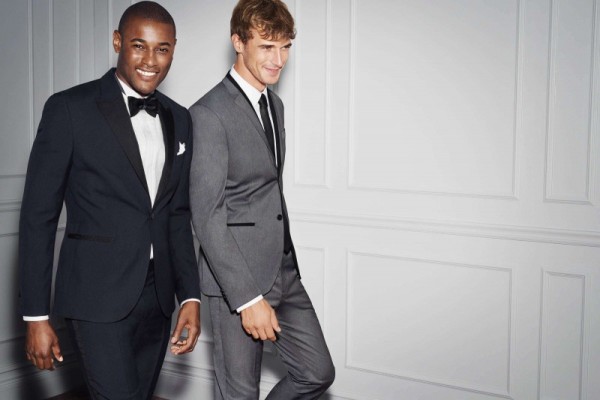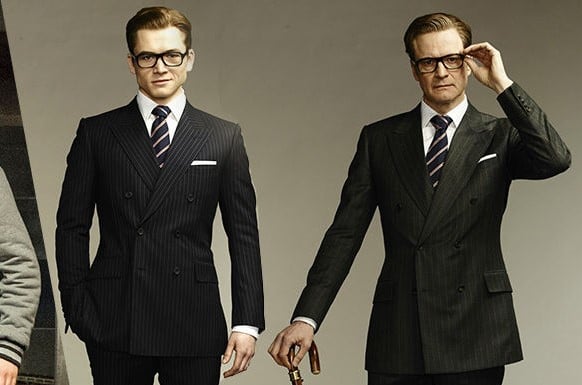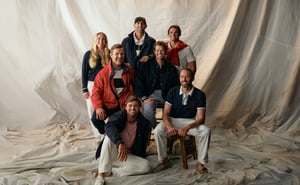A recurring nightmare for a lot of people involves over/underdressing for an occasion. Present company included.
The majority of you will have a rough idea of what is expected, but when it comes to the intricate separation of dress code taxonomy, a little clarity can go a long way.
Here is a detailed guide for every important sartorial category:
Smart casual
As common as this one is, you’d be surprised at the amount of people that get it just a little wrong. The issue lies in discerning between smart casual and semi-formal. As negligible as the distinction may seem, there is a world of differences.
The key to smart casual is to demonstrate an air of relaxed respectability. Mix jackets, shirt, and pants, tie, no tie, accessories etc., it must always convey confidence of yourself. Semi-formal, on the other hand, is rather deceptive. While it does not require as much formality as black or indeed white tie events, a nicely fitted suit is always implied. And a few accessories go a long way.

Cocktail
Cocktail attire is somewhere between smart casual and lounge suit attire. The closest comparison would be semi-formal, avoiding coming across too corporate, if that makes sense. After all, it’s called cocktail for a reason. It wouldn’t behove you to look like a working stiff.

Business+Lounge suit
These are one of the more straight forward labels in terms of criteria. Lounge suits are virtually synonymous with standard work suits. Formal, professional, and just a hint of attitude. Business, while relatively similar to the lounge paradigm, has the unspoken requirement of presenting itself in darker, more imposing colours. A serious cut of fabric to let people know you’re not messing around. If you ever get stuck, think of what Harvey Specter would wear.

Black tie
A fairly indicative name. Formal from head to toe. So break out your dinner jackets, your crisply ironed shirts, ties (bow or otherwise), tuxedos, and polished dress shoes. The condition of your shoes might seem like a non-priority, but repeat after me: it is always a priority. Make sure those puppies are in acceptable shape, and polished enough to do your hair in front of.
Additionally, it never hurts to show your personality in the lapel and cufflinks. Within tasteful reason that is. Now I don’t mean a themed form of these components either. A Darth Vader cufflink/patterned lapel might have been charming when you were nine, but unless you want to go home alone with nothing else but your own shame, I suggest you smarten up. And although it shouldn’t need to be said, I’ll outline it explicitly anyways: this sentiment applies double for ties.
Side note: when given the choice with “Black tie optional”, always go the extra mile and show up in full gear.

White tie
This is one that seems to be dying out with the times, but regardless, extra knowledge can always come in handy. This is essentially the pinnacle of formal. So much so you’ll need to adorn yourself with articles of clothing from former eras. Black tailcoats/dresscoats, matching trousers, waistcoats, wing collar dress shirts, and bow ties. Top hat and pocket squares optional. But again, remember what I’ve established about “optional”. Bite the bullet and go through with the extras.

Royal Ascot/Morning suit
Finally, we come to probably the funnest dress code. Fun, however, does not mean it is any less formal, or demand any less effort. Not in this case, anyways. To deconstruct, this is a more colourful version of white tie. While lighter colours are encouraged beyond the dire spectrum of white, grey, and black, practice caution when it comes to tones and brightness of said colours. As much as attention is the objective in fashion, no one wants to be the loudest dresser in the room.

















